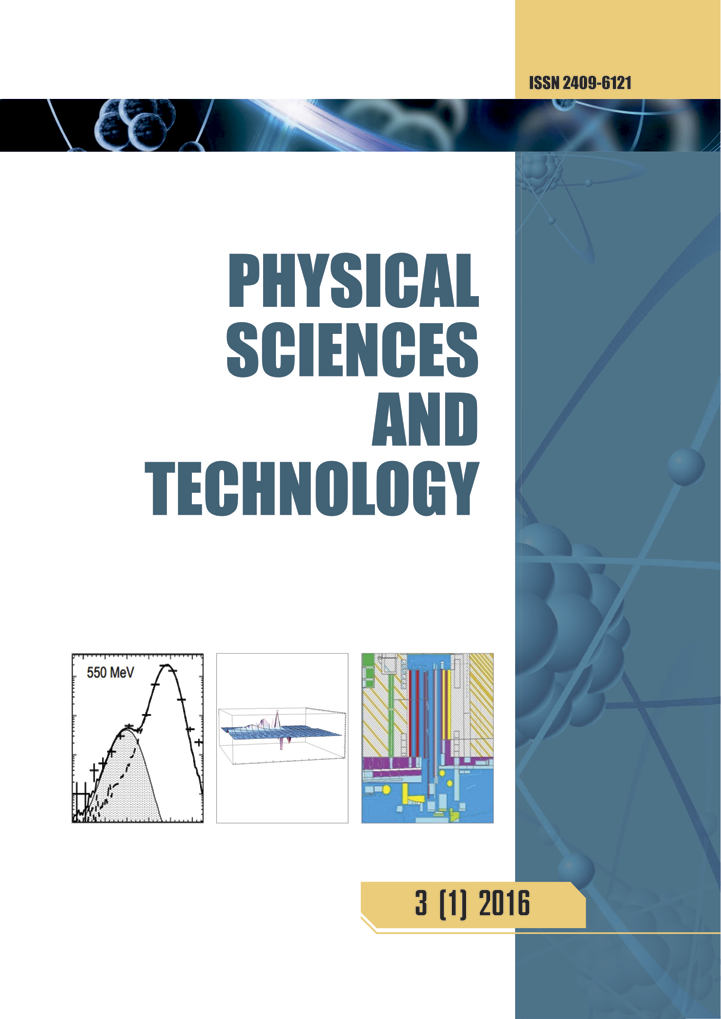Implementation of molecular modeling to investigate ion transportation in proton exchange membranes comprising graphene oxide and polyacrylate nanocomposites
DOI:
https://doi.org/10.26577/phst.2023.v10.i2.09Abstract
Proton exchange membranes (PEMs) play a critical role in various energy conversion devices, such as fuel cells. Developing advanced PEMs with improved hydronium ion transportation and chemical stability is essential for enhancing the performance and durability of these devices. In this research project, we focus on the development and molecular modeling study of a novel composite material based on poly(acrylic acid) and graphene oxide for application as a high-performance proton exchange membrane. The need for better PEMs has led us to explore the potential of combining poly(acrylic acid) and graphene oxide, as both materials offer unique advantages in terms of proton conductivity and mechanical strength. Our goal is to investigate how these two components interact and synergize to enhance the overall performance of the PEM, particularly in challenging operating conditions. To achieve this, classical all-atom Molecular Dynamics (MD) simulations using Gromacs software were employed. The simulations allowed us to study the formation mechanism of the poly(acrylic acid) and graphene oxide composite material and its application in facilitating hydronium ion transportation within the PEM. Our simulation results revealed fascinating insights into the composite material's behavior. Notably, we observed the emergence of new interactions between poly(acrylate) oligomers and graphene oxide layers, evident from the analysis of interaction energy values. These interactions contribute to the material's enhanced transport properties, making it promising for PEM applications. Moreover, we assessed the mobility of hydronium ions in the graphene oxide and polyacrylate nanocomposite-based PEM and found it comparable to the mobility in traditional poly(acrylate)-based PEMs. This indicates that the introduction of graphene oxide provide compatible proton transport efficiency and renders the composite suitable for practical application in PEM devices. In conclusion, our study demonstrates the potential of the poly(acrylic acid) and graphene oxide composite as a high-performance proton exchange membrane.




